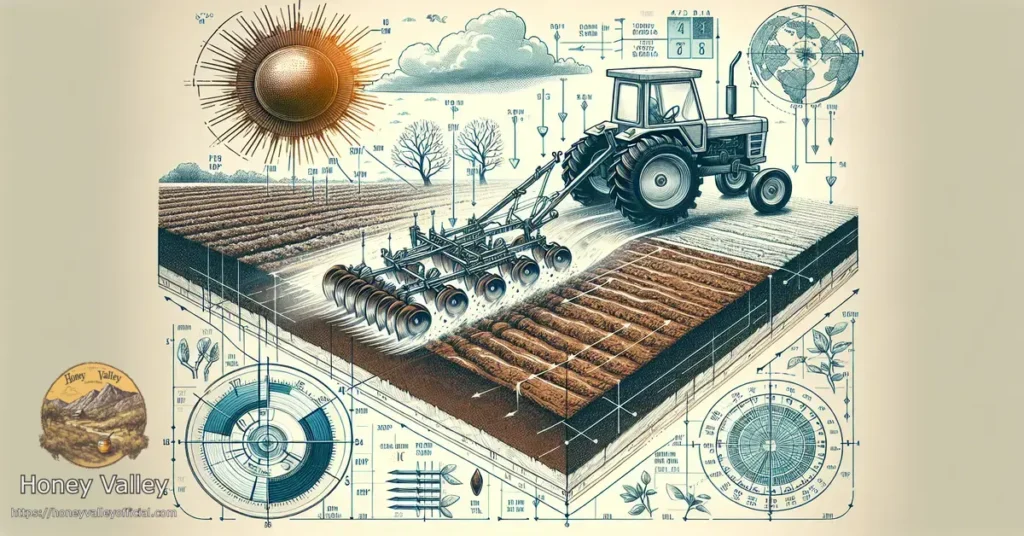Greenhouses have long been used as a means to extend the growing season and protect plants from harsh weather conditions. Traditionally, plants have been grown in soil-based systems within these structures. However, with advancements in technology and a growing need for sustainable farming practices, soil-less greenhouses have emerged as an innovative solution.
The Rise of Soil-less Greenhouses
Soil-less greenhouses, also known as hydroponic or aquaponic systems, are designed to cultivate plants without the use of traditional soil. Instead, they rely on nutrient-rich water solutions to provide plants with the necessary elements for growth. This method offers several advantages over traditional soil-based farming.
Benefits of Soil-less Greenhouses
1. Water Conservation: Soil-less systems use significantly less water compared to traditional farming methods. The water used in these systems is recirculated, reducing water waste and promoting efficient resource utilization.
2. Nutrient Control: In soil-less greenhouses, growers have precise control over the nutrient composition of the water solution. This allows for optimal plant nutrition, resulting in healthier plants and higher yields.
3. Space Efficiency: Soil-less systems can be designed vertically, maximizing the use of available space. This is particularly advantageous in urban areas where land is limited, allowing for increased food production in smaller footprints.
4. Pest and Disease Management: Soil-less systems are less prone to pests and diseases commonly associated with traditional soil-based farming. The absence of soil eliminates the risk of soil-borne pathogens, reducing the need for chemical pesticides and promoting organic growing practices.
Types of Soil-less Greenhouse Systems
1. Hydroponics: Hydroponic systems involve growing plants in a water-based nutrient solution, either with or without a growing medium. The roots of the plants are directly immersed in the nutrient solution, ensuring efficient uptake of nutrients.
2. Aquaponics: Aquaponic systems combine hydroponics with aquaculture, creating a symbiotic relationship between plants and fish. The nutrient-rich water from the fish tanks is used to fertilize the plants, while the plants filter the water, creating a sustainable cycle.
3. Aeroponics: Aeroponic systems suspend plant roots in the air and mist them with a nutrient solution. This method promotes optimal oxygenation and nutrient absorption, resulting in faster growth and increased yields.
Challenges and Considerations
While soil-less greenhouses offer numerous benefits, there are also some challenges and considerations to keep in mind.
1. Initial Investment: Setting up a soil-less greenhouse can require a significant upfront investment. The cost of infrastructure, equipment, and specialized knowledge should be carefully considered before embarking on this farming method.
2. Monitoring and Maintenance: Soil-less systems require regular monitoring of nutrient levels, pH balance, and water quality. Proper maintenance is crucial to ensure optimal plant growth and prevent any imbalances or nutrient deficiencies.
3. Energy Consumption: Soil-less greenhouses often rely on artificial lighting and climate control systems to provide optimal growing conditions. This can result in increased energy consumption compared to traditional farming methods.
The Future of Sustainable Farming
Soil-less greenhouses have the potential to revolutionize the way we grow food. With their water-saving capabilities, precise nutrient control, and space-efficient designs, these systems offer a sustainable solution to the challenges of traditional agriculture.
As technology continues to advance and more research is conducted, soil-less greenhouse systems are likely to become even more efficient and cost-effective. They have the potential to play a significant role in ensuring food security, especially in areas with limited arable land or challenging environmental conditions.
While soil-less greenhouses may not completely replace traditional farming methods, they offer a promising alternative that can supplement and enhance our current agricultural practices. By embracing these innovative systems, we can work towards a more sustainable and resilient food production system for future generations.


